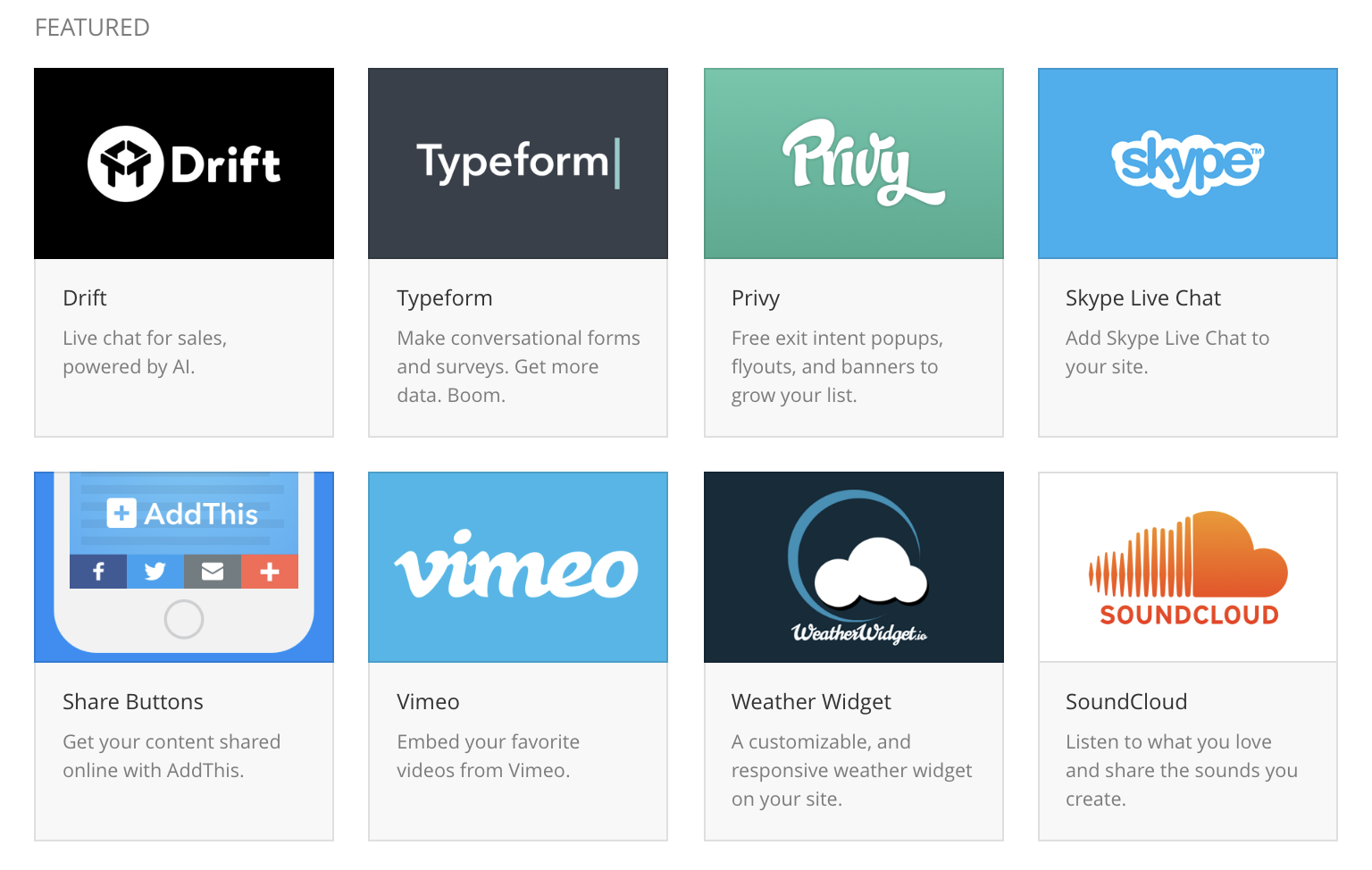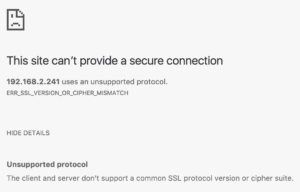7 Cloudflare Apps Which Increase User Engagement on Your Site

Cloudflare Apps now lists 95 apps from apps which grow email lists to apps which acquire new customers to apps which help site owners make more money. The great thing about these apps is that users don't have to have any coding or development skills. They can just sign up for the app and start using it on their sites.
Let’s take a moment to highlight some apps which increase a site’s user engagement. Check out more Cloudflare Apps which grow your email list, make money on your site, and get more customers.
I hope you enjoy them and I hope you build (or use) great apps like these too.
Check out other Cloudflare Apps »
Build an app on Cloudflare Apps »
1. Privy
Over 100,000 businesses use Privy to capture and convert website visitors. Privy offers a free suite of email capture tools, including exit-intent driven website popups & banners, email list sign-up, an online store, social media channels, mobile capability, and in-store traffic.
In the left preview pane, you can view the different packages and their features users may sign up for from free to "growth" ($199/month) options.
In the right pane, you can preview Continue reading



 The new release adds multi-region support.
The new release adds multi-region support. MEF 3.0 is supposed to be the "biggest and boldest" framework yet.
MEF 3.0 is supposed to be the "biggest and boldest" framework yet. The operator architected its SD-WAN through the AT&T Integrated Cloud (AIC).
The operator architected its SD-WAN through the AT&T Integrated Cloud (AIC).
 The combination could mitigate the audit and regulatory risk involved in each transaction.
The combination could mitigate the audit and regulatory risk involved in each transaction. Dell EMC recently expanded its Open Networking initiative, which focuses on abstracting and decoupling hardware and software networking elements, beyond the data center core. The goal is to enable an end-to-end, software-defined architecture, where mix-and-match software from innovative third-parties can run on agnostic hardware to help service provider and enterprise customers accelerate their digital transformation initiatives,...
Dell EMC recently expanded its Open Networking initiative, which focuses on abstracting and decoupling hardware and software networking elements, beyond the data center core. The goal is to enable an end-to-end, software-defined architecture, where mix-and-match software from innovative third-parties can run on agnostic hardware to help service provider and enterprise customers accelerate their digital transformation initiatives,...  Take survey and enter to win one of two $300 Gift Cards redeemable at various retailers including Amazon, Target, Visa Virtual Card, etc.
Take survey and enter to win one of two $300 Gift Cards redeemable at various retailers including Amazon, Target, Visa Virtual Card, etc. Versa wants to bring SD-WAN value up the stack.
Versa wants to bring SD-WAN value up the stack.
